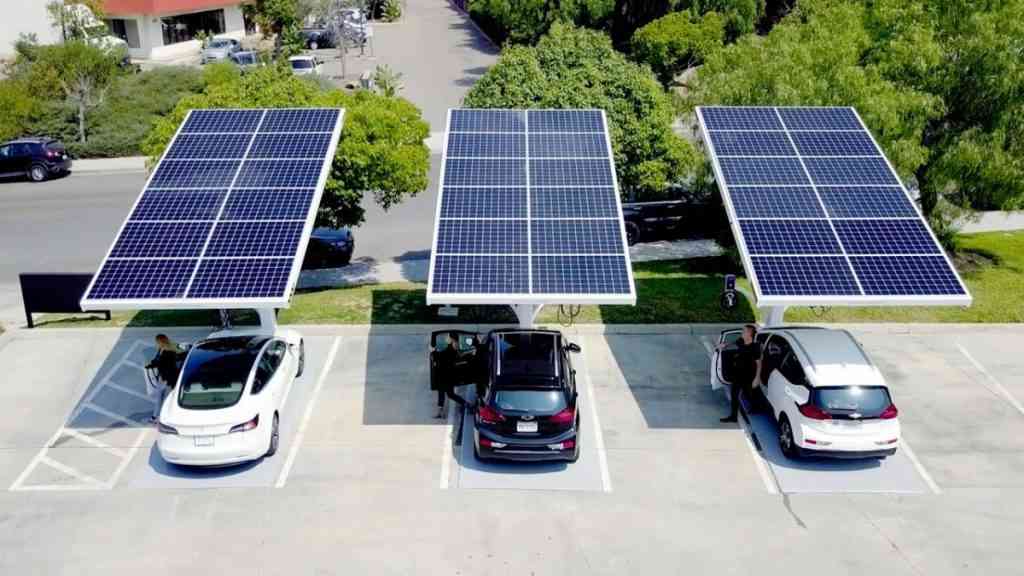
There are growing fears that by 2025, half of the world’s population will not have sufficient water supplies to meet its needs. Such a prediction should be especially scary for anyone that lives in Zimbabwe, a country that has for quite a while now been hard-hit by critical water woes. One can only imagine how most people in the country would cope if the water crisis was to get any worse than it already is.
According to City of Harare’s mid-year service delivery summer analysis of 2012 that recently appeared in The Zimbabwean, “Harare alone needs at least 1 300 mega litres of water daily but the current supply per day ranges from 600-700 mega litres, which is approximately half of the demand.”
In the capital city, areas such as Kambuzuma, Uplands, Mabvuku-Tafara, Hatfield, Hillside, Highlands, Dzivarasekwa, among others, have had to go for very long intervals without receiving any tap water, prompting people to turn to other sources for survival.
The country is currently battling with yet another typhoid outbreak, blamed mainly on the consumption of water from unsafe sources, mostly the shallow wells that many households have dug to alleviate them from the hardships faced as a result of the non-supply of tap water.
Also worrying would be the reports coming through from around the country that a number of the wells and boreholes dug have since dried up, indicating that the water table has gone down.
Harare Water director Engineer Christopher Zvobgo recently admitted the city’s water shortages, warning that the situation could get worse. But maybe more worrying than the fact that water levels have drastically gone down, should be the level of abuse that the water sources in the country are currently facing.
In an article that appeared in The Herald of April 19, Zinwa water quality assurance manager Nyaradzayi Matenga, had this to say about Lake Chivero, a major source of Harare’s drinking water: “It is amazing that we manage to treat water from the lake for domestic use. Lake Chivero is actually in the top 10, if not five, of the most polluted lakes in the world.
“The sources of pollutants are the sewage systems in Ruwa, Chitungwiza and Harare,” she said.
- Chamisa under fire over US$120K donation
- Mavhunga puts DeMbare into Chibuku quarterfinals
- Pension funds bet on Cabora Bassa oilfields
- Councils defy govt fire tender directive
Keep Reading
As if that was not enough, Norton Town Council recently admitted to discharging 10 million litres of raw sewer into Lake Manyame, near Harare’s raw water abstraction point, which forced Harare City Council to cut back abstraction of raw water for treatment, a development that has seen the water crisis worsening in the city.
“Our raw water quality is bad. Normally we get 70% of our raw water from Lake Manyame. But because Norton is discharging its raw sewer into the lake, we have had to cut back on the amount of raw water we abstract,” Zvobgo said.
And to make matters worse, of the insufficient water being produced, 40% is being lost every day through uncontrolled leakages. Not a week passes in Harare these days that you don’t find water gushing out, flowing aimlessly in the city. Can we really afford such a waste?
Mining companies operating in different parts of the country have also been fingered in the pollution of dams and rivers. The latest case is of reports coming from Marange that companies mining diamonds in the area have been polluting Save river, a source of water for many people, livestock and wildlife in the area.
Such news should send warning bells to not just the responsible authorities, but to everyone; that the country’s water system is in dire need of some serious attention.Unfortunately, unlike other resources that some of us can choose to make do without, water is, as they say, life.
Water preservation and conservation measures should be implemented as a matter of urgency if the country is to secure future water supplies.
For feedback, email: [email protected]











